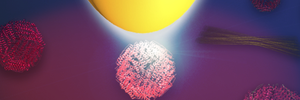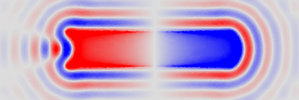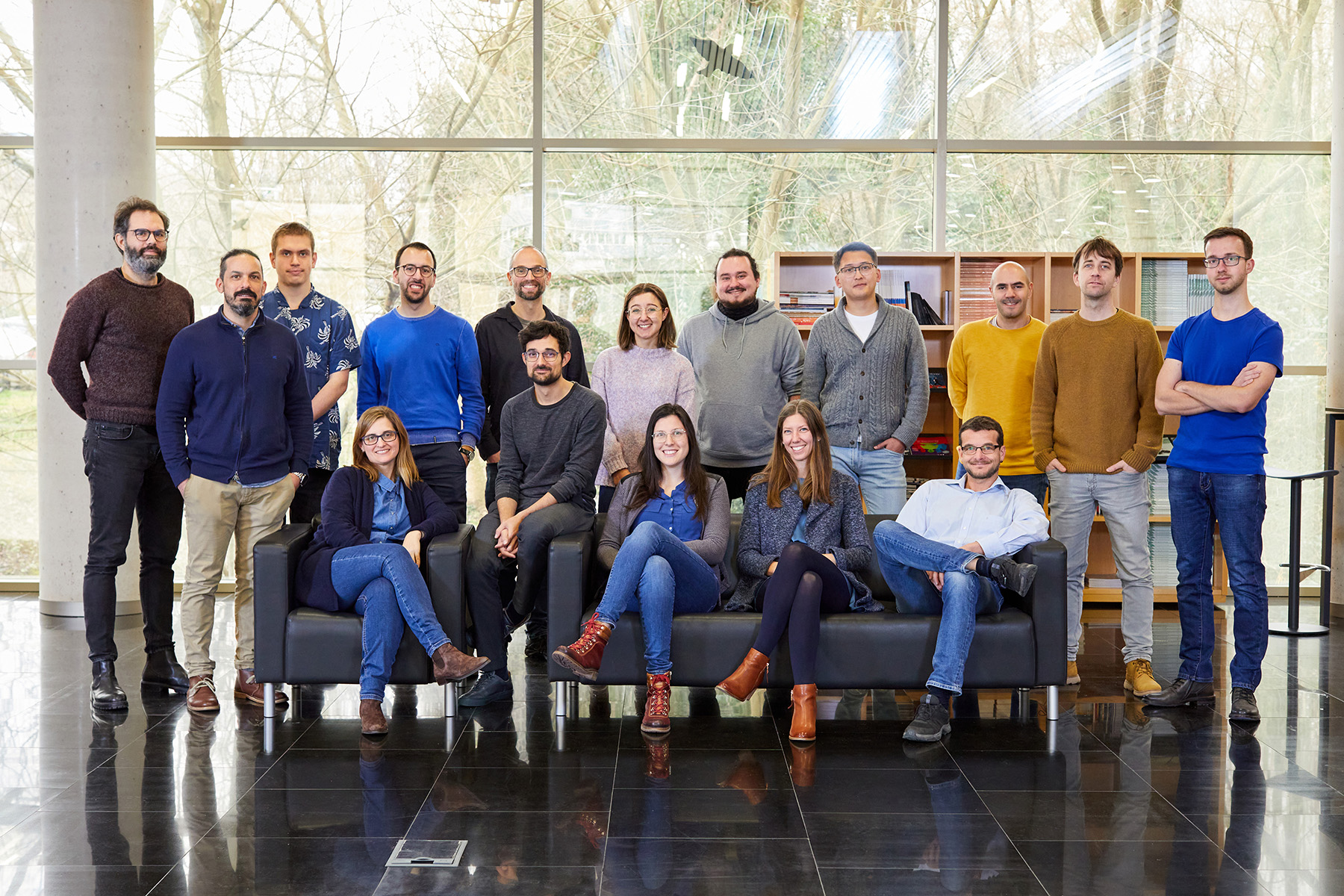Research Lines
The Nanooptics Group performs experimental and theoretical research in Nanooptics and Nanophotonics, covering both fundamental and applied aspects. Essentially, we develop near-field nanoscopy (scattering-type scanning near-field optical microscopy, s-SNOM) and infrared nanospectroscopy (Fourier transform infrared nanospectroscopy, nano-FTIR), and apply these novel analystical tools in different areas of science and technology. Both techniques offer a wavelength-independent spatial resolution of about 10 to 20 nm spatial resolution at visible, infrared and terahertz frequencies, thus beating the conventional resolution (diffraction) limit by a factor of up to 1000.
Instrumental Developments

We continuously work on novel instrumental developments, with the goal to push the spatial resolution towards the single molecule level and to enable three-dimensional infrared-spectroscopic nanotomography.

We continuously work on novel instrumental developments, with the goal to push the spatial resolution towards the single molecule level and to enable three-dimensional infrared-spectroscopic nanotomography.
Plasmonics and Phononics

We apply s-SNOM and nano-FTIR to study plasmons in metal and graphene nanostructures, as well as phonons in polar crystals, for the development of ultracompact nanophotonic devices and their application, e.g. in optoelectronics and sensing.

We apply s-SNOM and nano-FTIR to study plasmons in metal and graphene nanostructures, as well as phonons in polar crystals, for the development of ultracompact nanophotonic devices and their application, e.g. in optoelectronics and sensing.
IR Nanospectroscopy

IR s-SNOM and nano-FTIR are applied for nanoscale mapping of chemical composition of polymers, secondary structure of proteins, carrier distribution in semiconductor nanowires and optoelectronic properties of novel 2D materials.

IR s-SNOM and nano-FTIR are applied for nanoscale mapping of chemical composition of polymers, secondary structure of proteins, carrier distribution in semiconductor nanowires and optoelectronic properties of novel 2D materials.
Nanooptics theory

We develop and apply theory for the propagation and scattering of waves/surface waves in natural, artificial and 2D materials, for modeling near-field spectroscopy, and for reconstruction of material properties from near-field data.

We develop and apply theory for the propagation and scattering of waves/surface waves in natural, artificial and 2D materials, for modeling near-field spectroscopy, and for reconstruction of material properties from near-field data.
Nanooptics news
Nano-scale molecular detective: New on-chip device uses exotic light rays in 2D material to detect molecules
Researchers have developed a highly sensitive detector for identifying molecules via their infrared vibrational “fingerprint”. Published in Nature Communications, this innovative detector converts incident infrared light into ultra-confined "nanolight" in the form of phonon polaritons…Read more


